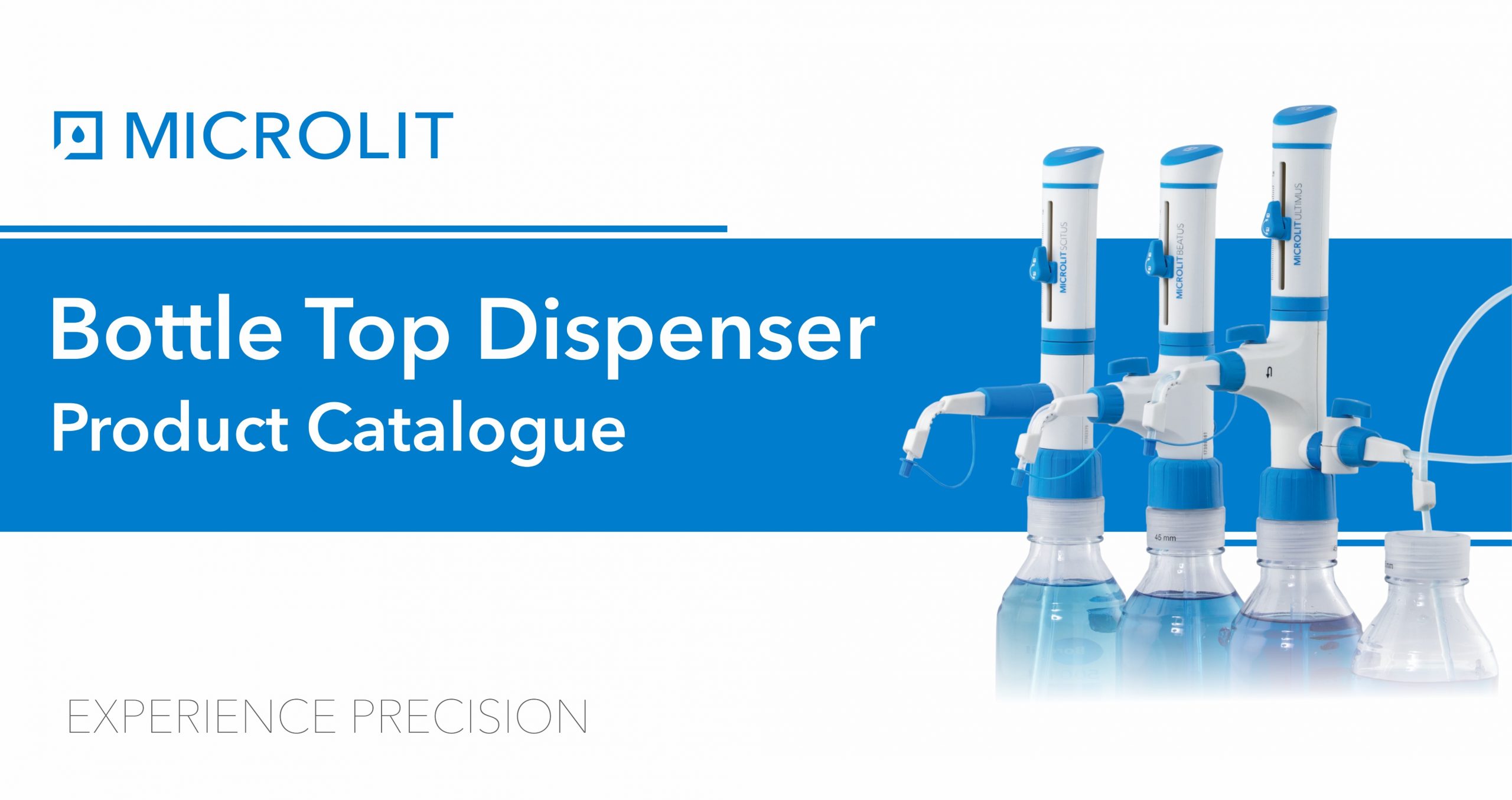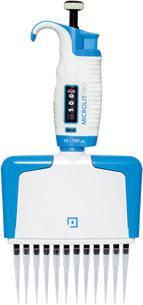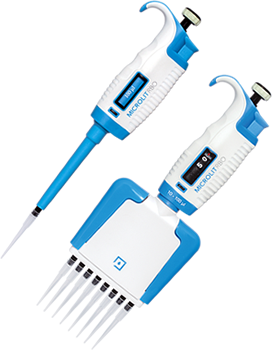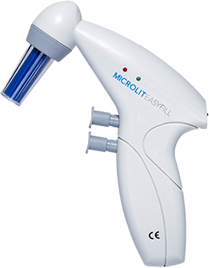Microlit Beatus
The instrument is fully autoclavable at 121 °C and 15 psi for a duration of 10 – 15 minutes.
Springless Valve™ Technology : Get Smooth and Service-free Operation with Springless Valve™ Technology
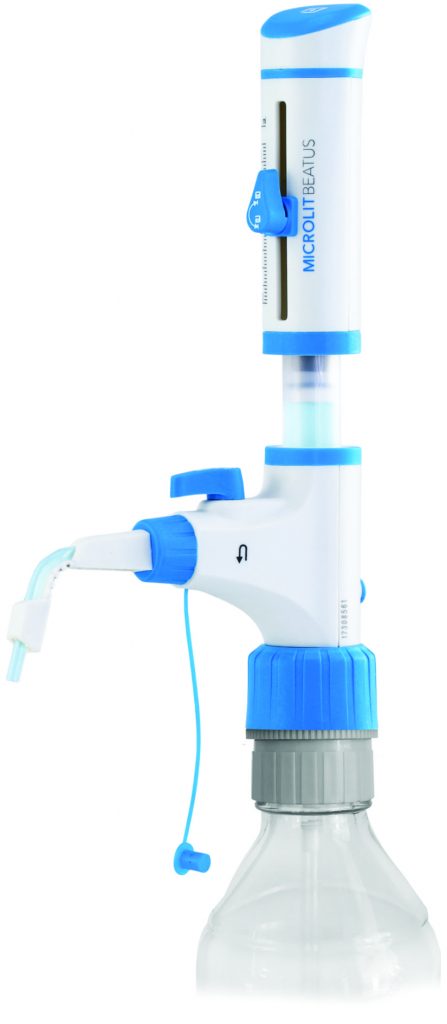 |
Traditional Bottle Top Dispensers contain two valves with glass balls:
Inlet Valve:
This valve is vertical. It operates under gravity and does not require a spring to hold the glass ball in its position, in order to keep the valve closed.
Outlet Valve:
This valve is horizontal. It requires a spring to keep the glass ball in its position, in order to keep the valve closed while aspirating reagents in the barrel. It opens only when a reagent is being dispensed.
The spring, housed in the Outlet Valve, poses a lot of problems:
|
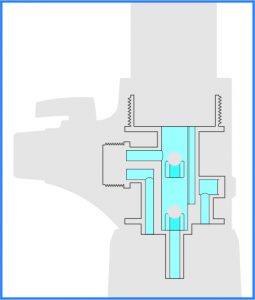 |
Our product design engineers have expertly addressed these problems by designing a system where both Inlet and Outlet Valves are vertical and hence do not require any spring. This Springless Valve™ Technology makes MICROLIT BEATUS a Universal Bottle Top Dispenser that can be conveniently used with both organic and inorganic reagents. It not only offers smooth, jam-free piston movement but also ensures service-free operation.
Re-direct Liquids with Recirculation ValveRecirculation Valve prevents the loss of reagents during purging by re-directing them into the mounted bottle and facilitates bubble free dispensing. |
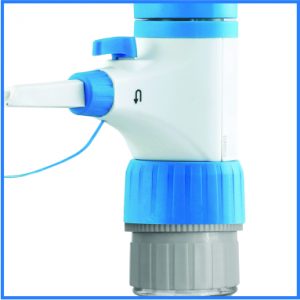 |
MICROLIT BEATUS is available in six unique volume ranges.
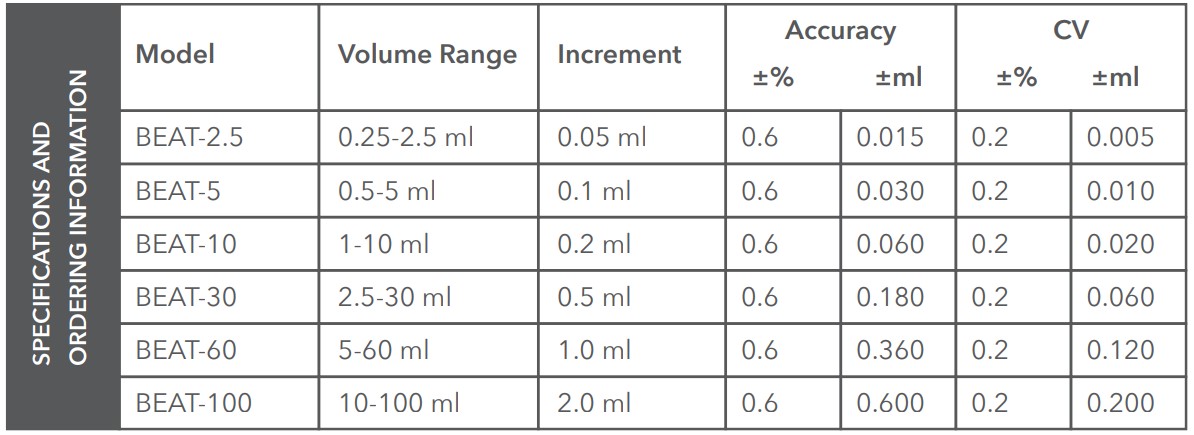
The error limits (Accuracy and Coefficient of Variation) mentioned above are in accordance with the nominal capacity (or maximum volume) indicated on the instrument. These are obtained by using the instrument with distilled water at equilibrium, the ambient temperature of 20 °C while operating it smoothly and steadily. The error limits are in accordance with DIN EN ISO 8655-5.
Microlit Ultimus
The instrument is fully autoclavable at 121 °C and 15 psi for a duration of 10 – 15 minutes.
Dual Inlet™ Technology : Enhance Your Productivity with Four Modes of Operation
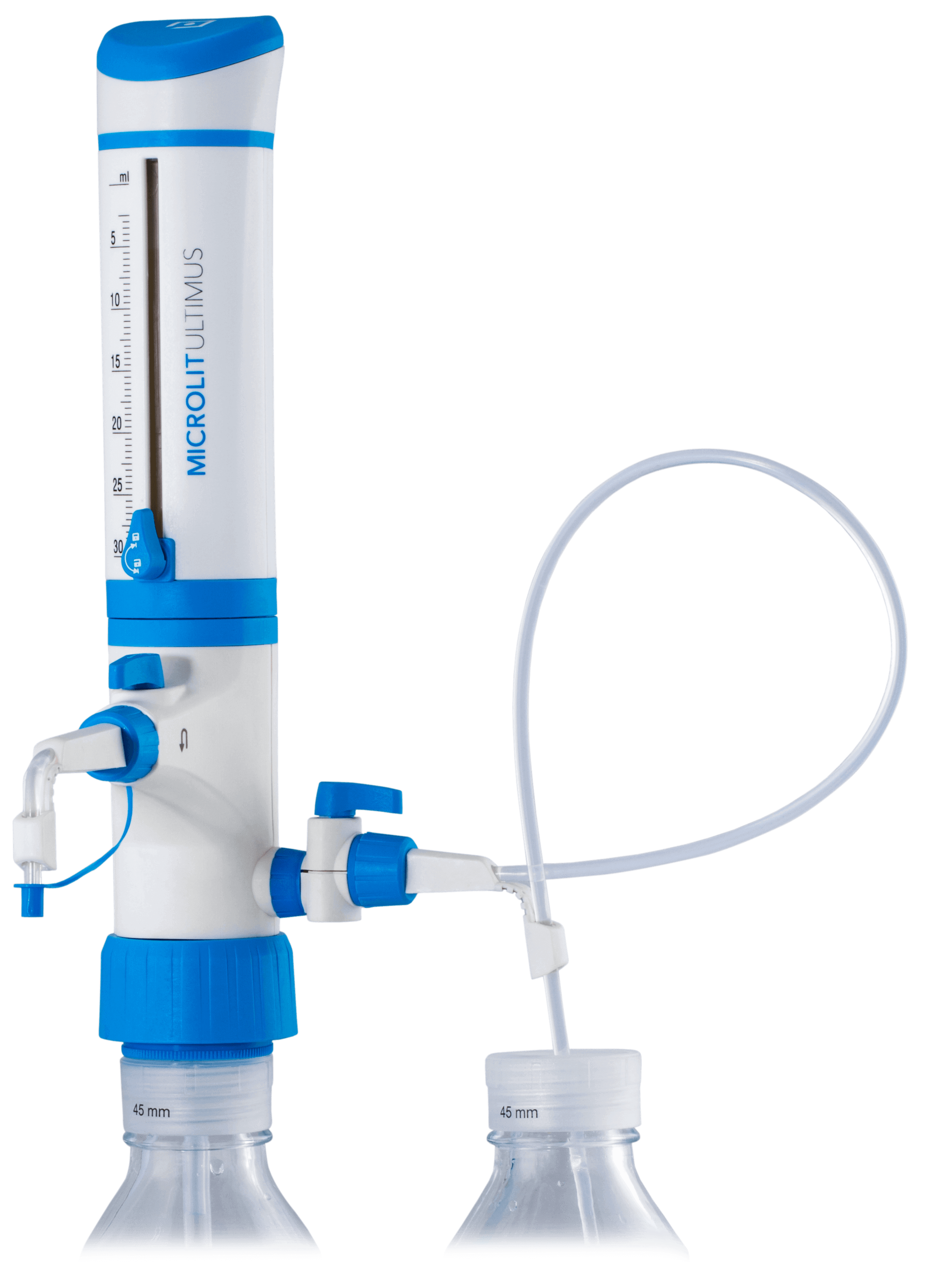 |
| 1. Standard Dispensing Knob A – Open Knob B – Closed In this mode, the dispenser dispenses the liquid normally into the receiver from the bottle it is mounted on. |
 |
| 2. Purging Knob A – Closed Knob B – Closed In this mode, the liquid is re-circulated into the same bottle on which the dispenser is mounted. This process removes the air from the dispenser, without wasting any reagent. |
 |
| 3. Dilution/Rinsing/Second Liquid Dispensing Knob A – Open Knob B – Open In this mode, the liquid from a second source can be dispensed into the receiver. The second liquid can be distilled water, thus allowing the user to rinse the instrument without dismounting it or dilute the reagent within the receiver. |
 |
| 4. Bottle Refilling Knob A – Closed Knob B – Open In this mode, the liquid from a second source can be used to refill the bottle, without dismounting the dispenser. |
 |
MICROLIT ULTIMUS is available in six unique volume ranges.
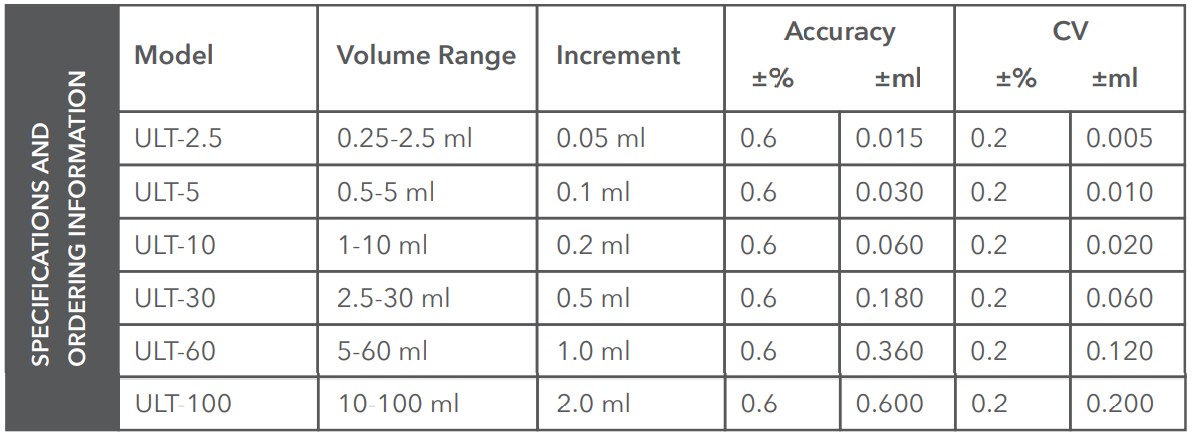
The error limits (Accuracy and Coefficient of Variation) mentioned above are in accordance with the nominal capacity (or maximum volume) indicated on the instrument. These are obtained by using the instrument with distilled water at equilibrium, the ambient temperature of 20 °C while operating it smoothly and steadily. The error limits are in accordance with DIN EN ISO 8655-5.
Microlit Scitus
The instrument is fully autoclavable at 121 °C and 15 psi for a duration of 10 – 15 minutes.
Springless Valve™ Technology : Operate Jam-free and Work without Hassles with Springless Valve™ Technology
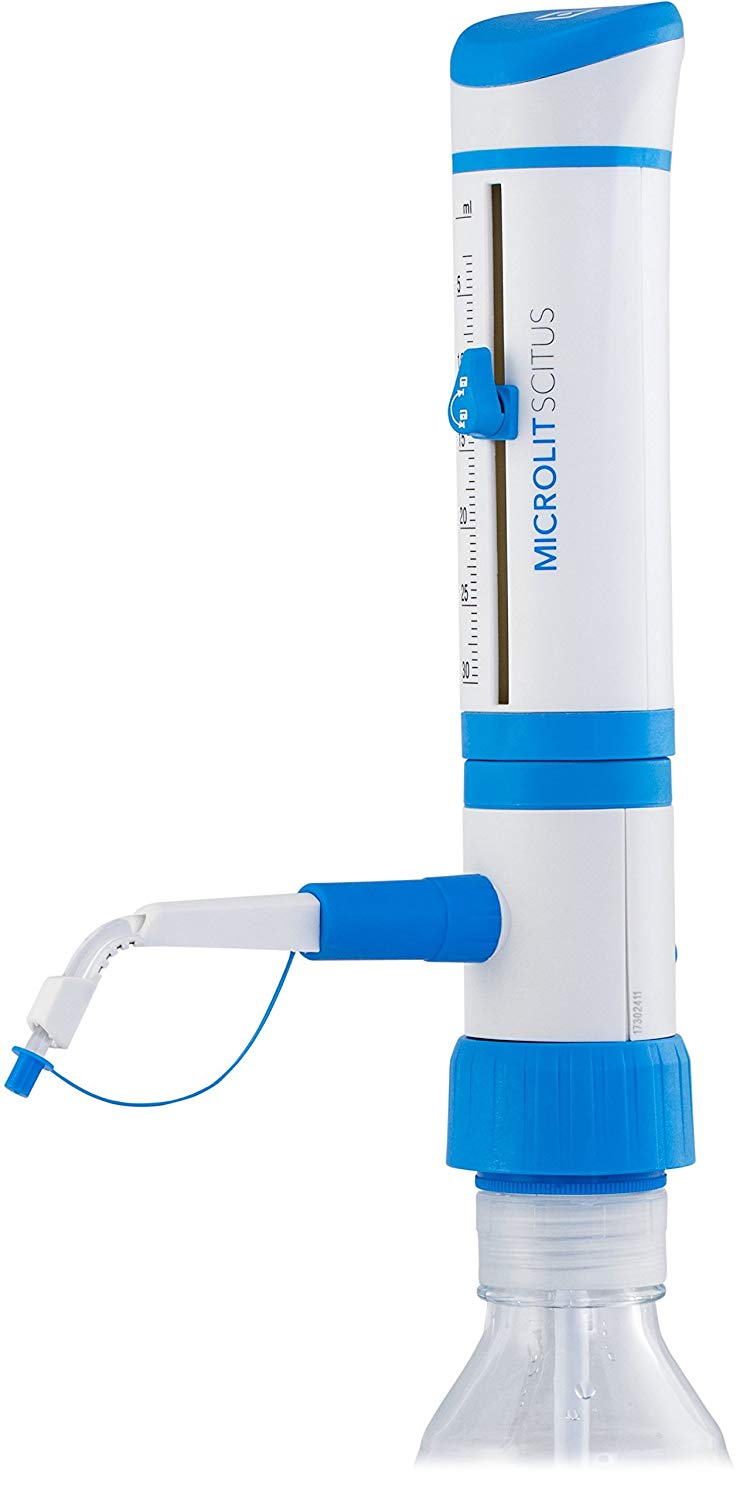 |
Traditional Bottle Top Dispensers contain two valves with glass balls:
Inlet Valve:
This valve is vertical. It operates under gravity and does not require a spring to hold the glass ball in its position, in order to keep the valve closed.
Outlet Valve:
This valve is horizontal. It requires a spring to keep the glass ball in its position, in order to keep the valve closed while aspirating reagents in the barrel. It opens only when a reagent is being dispensed.
The spring, housed in the Outlet Valve, poses a lot of problems:
|
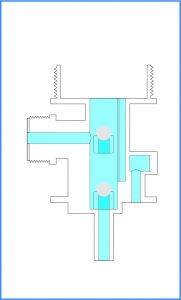 |
Our product design engineers have expertly addressed these problems by designing a system where both Inlet and Outlet Valves are vertical and hence do not require any spring.
This Springless Valve™ Technology makes MICROLIT SCITUS a Universal Bottle Top Dispenser that can be conveniently used with both organic and inorganic reagents.
It not only offers smooth, jam-free piston movement but also ensures service-free operation.
MICROLIT SCITUS is available in six unique volume ranges.
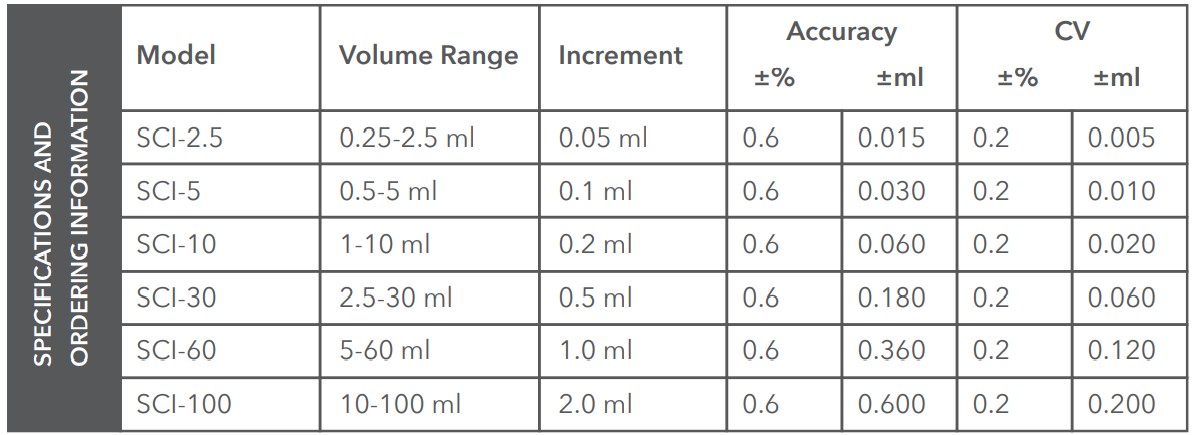
The error limits (Accuracy and Coefficient of Variation) mentioned above are in accordance with the nominal capacity (or maximum volume) indicated on the instrument. These are obtained by using the instrument with distilled water at equilibrium, the ambient temperature of 20 °C while operating it smoothly and steadily. The error limits are in accordance with DIN EN ISO 8655-5.
The precision and accuracy of our liquid handling instruments is twice better than industry standards.*
*ISO 8655 is the globally accepted industry standard for piston-operated volumetric apparatus. The evaluation was performed by trained and certified personnel at an ISO17025 accredited lab.
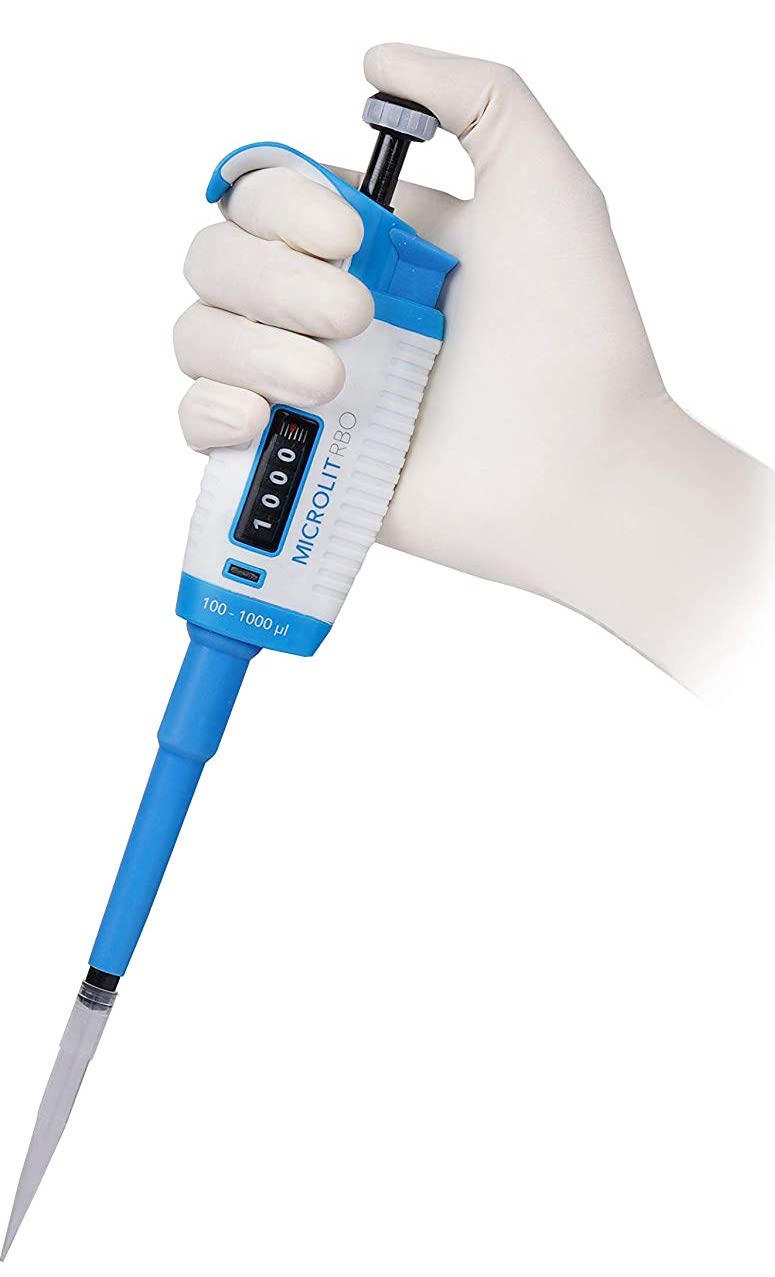





 5486
5486